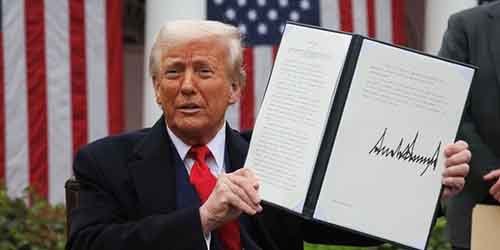On April 2, US President Donald Trump announced sweeping import tariffs affecting most countries worldwide, with rates ranging from at least 10% to over 50%. Sint Maarten was subjected to the minimum 10% tariff. But what will this mean for Saba?

The relatively “low” tariffs imposed on these three Caribbean nations likely reflect the US’s favorable trade balance with them—each island imports far more from the US than it exports. As a result, the direct economic impact may not be severe.
However, the new tariffs could still have significant indirect consequences. The US is a key supplier of consumer goods for the islands, many of which are (partially) manufactured outside the US and will now face additional taxes. ING economists estimate that about 75% of these extra costs will be passed on to consumers. If US exporters adjust their prices accordingly, stores in Sint Maarten could see noticeable price hikes. Rising US inflation may thus quickly spill over into the Caribbean, affecting even Saba, which relies heavily on imports from the neighboring islands.
Another indirect effect could be a decline in tourism—a vital sector for the region. Economists in the US and abroad predict that the looming trade war may trigger a recession, reducing the number of American visitors. Additionally, a potential global downturn could lead to fewer European (particularly Dutch) tourists booking Caribbean vacations. After recent record-breaking tourism numbers, such a drop would have serious repercussions for jobs and local incomes.
In the coming months, it will become clear whether these tariffs will remain in place or be rolled back, as has happened with previous trade measures. For now, the escalating trade war underscores the urgent need for economic reforms to strengthen the resilience of our economy.
Joris Nanne, Economisch Bureau Amsterdam (EBA)
 Saba News News and Information from Saba Island, Dutch Caribbean
Saba News News and Information from Saba Island, Dutch Caribbean
